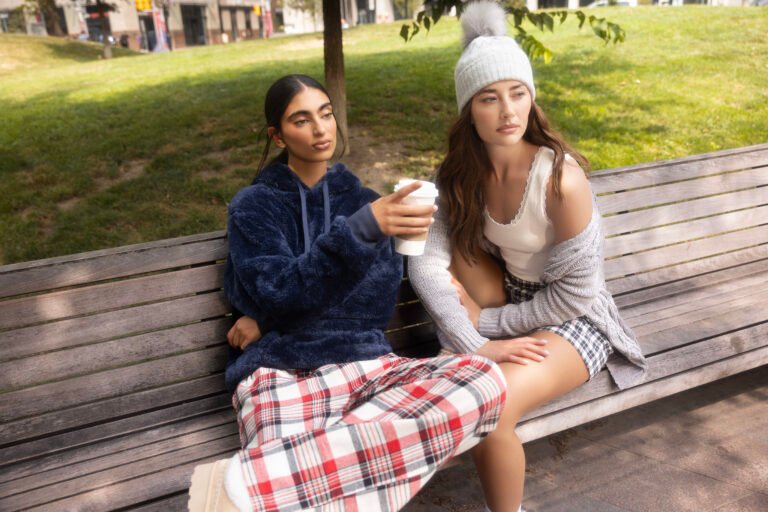Authentic retouching doesn’t mean skipping editing.
It means editing smarter — balancing technical refinement with emotional honesty.
In practice, it involves:
Preserving natural textures (fabric grain, skin pores, product finish)
Keeping believable shadows and reflections
Retaining realistic color tones across devices
Avoiding excessive contrast or blurring
Ensuring the product looks consistent across every image angle
The goal isn’t to make it “perfect.”
The goal is to make it trustworthy.
When shoppers sense truth in an image, their perception shifts: the brand feels transparent, the product feels reliable, and the buying decision feels safe.


